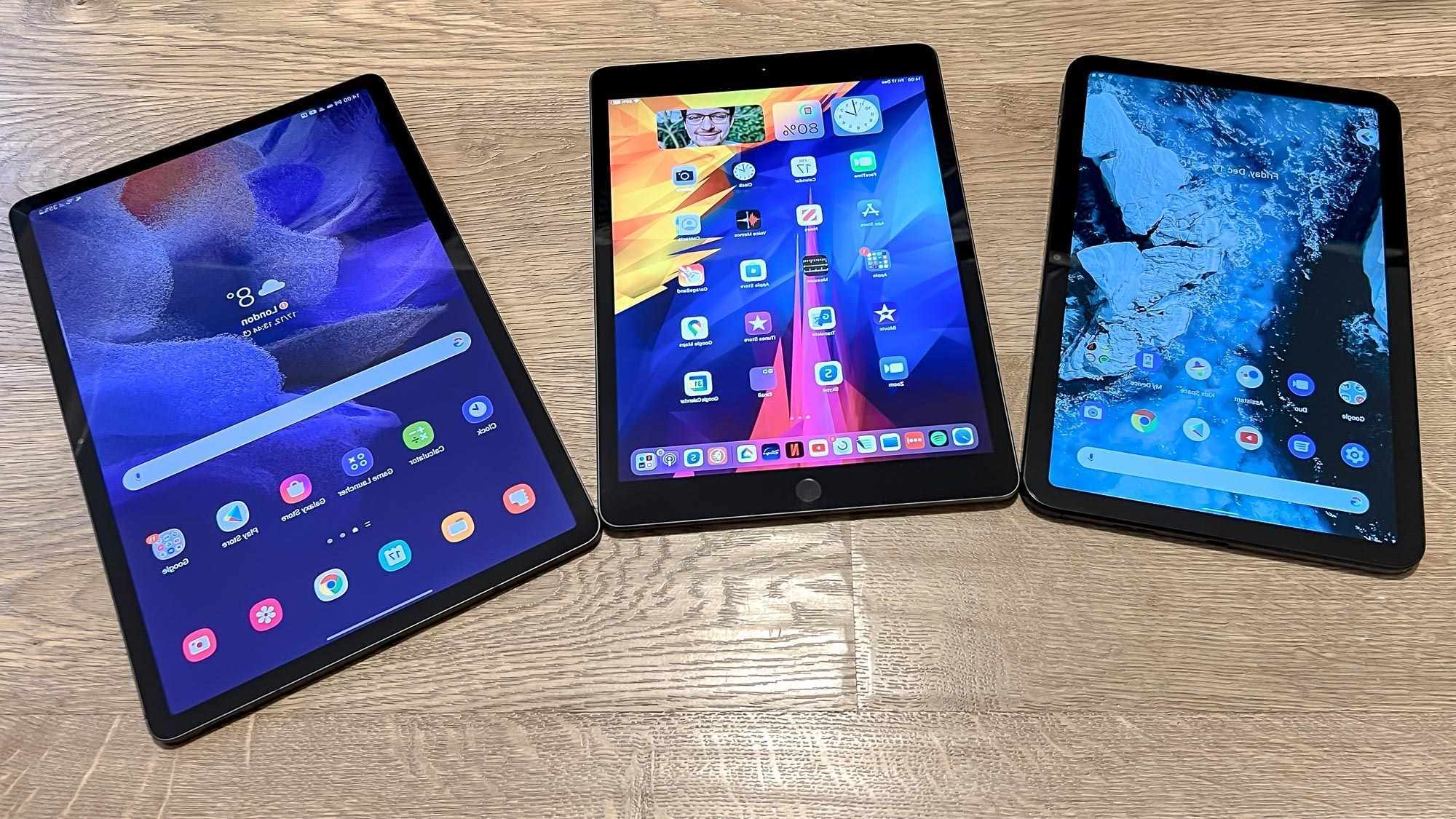
Define Your Needs
Understanding your primary use case will help narrow down options and focus on the features that matter most.
Entertainment
For streaming movies, watching videos, or playing games, focus on:
- Display quality
- Processor performance
- Battery life
A high-resolution display with good color accuracy and a fast processor ensures smooth performance. Additionally, consider battery life; a tablet that can last through a full day of use is essential.
Work
For work-related tasks, look for:
- Robust processors
- Ample RAM and storage
- Keyboard and mouse connectivity
Features like multi-window software and support for productivity apps are also important.
Drawing
For artists or those frequently using drawing apps, seek:
- High-quality stylus
- Low pen latency
- High pressure sensitivity
- Vibrant display
The Samsung Galaxy Tab S7 is highly recommended for its professional-grade drawing capabilities.
Consider the Display
The display is one of the most critical aspects of an Android tablet.
Resolution
A high-resolution display ensures that text and images appear clear and sharp. Look for resolutions of at least 1080p (1920×1080 pixels) for standard use and 2K (2560×1440 pixels) or higher for more demanding tasks.
Aspect Ratio
The aspect ratio can affect how you use the tablet. A 16:9 aspect ratio is common but may not be ideal for drawing or reading. Tablets with unique aspect ratios like 7:5 can offer a more immersive experience.
AMOLED vs. LCD
AMOLED displays generally offer better color contrast and range compared to LCD screens. However, LCDs can be more energy-efficient and less prone to burn-in.
Processor and Performance
The processor significantly impacts performance.
Chipset
Look for modern chipsets like the Qualcomm Snapdragon series or MediaTek Dimensity series. These processors offer robust performance and efficient power management.
CPU Cores
A minimum of 4 cores is recommended, but more cores can provide better multitasking capabilities.
RAM and Storage
Ensure the tablet has sufficient RAM (at least 4GB) and storage (at least 32GB). More RAM and storage can handle demanding tasks and store more data.
Battery Life
Battery life is crucial, especially if you plan to use your tablet on the go.
Capacity
Look for high-capacity batteries (at least 5000mAh). This will ensure that the tablet lasts through a full day of use.
Efficiency
Modern processors are designed to be power-efficient, but some tablets may have features like power-saving modes that can extend battery life.
Cameras
While cameras on tablets are not as critical as those on smartphones, they can still be useful for certain tasks.
Resolution
A rear camera with at least 8MP resolution is recommended for basic photography needs.
LED Flash
If you plan to use the camera in low-light conditions, ensure the tablet has an LED flash.
Front Camera
A front camera with at least 5MP resolution is useful for video calls and selfies.
Connectivity Options
Connectivity options are essential for staying connected and transferring data.
Wi-Fi
Ensure the tablet supports Wi-Fi 6 or 6E for fast and reliable internet connectivity.
Bluetooth
Look for Bluetooth 5.0 or higher for better connectivity with peripherals like headphones and speakers.
USB Ports
A USB-C port is recommended for faster data transfer and charging.
NFC
If you need to use NFC for tasks like mobile payments, ensure the tablet supports it.
Operating System
The operating system is the foundation of your tablet's functionality.
Android Version
Ensure the tablet runs on the latest version of Android (at least Android 11) for security updates and feature enhancements.
Google Services (GMS)
If you need Google services like Google Play Store, Google Maps, and Google Drive, ensure the tablet supports GMS.
Additional Features
Several additional features can enhance your tablet experience.
S-Pen Support
If you're considering a Samsung tablet, look for S-Pen support for professional-grade drawing capabilities.
MicroSD Card Slot
A microSD card slot allows you to expand storage, which is useful if you plan to store large files like videos or documents.
Water Resistance
If you plan to use the tablet in harsh environments, look for water-resistant designs.
Budget Considerations
Budget is a significant factor when choosing an Android tablet.
Amazon Fire HD 8
This tablet offers impressive performance at an affordable price of around $100. It's ideal for basic tasks like streaming and browsing.
OnePlus Pad
This tablet offers a great balance of performance and price, making it an excellent choice for those looking for a premium experience without breaking the bank.
Custom Android Devices
If you have specific requirements that aren't met by off-the-shelf tablets, consider custom Android devices.
Esper.io
Esper.io offers custom Android devices tailored for business use cases. They provide solutions for kiosk tablets, ensuring that the device meets specific requirements like verified functionality for Bluetooth features.
Samsung Custom Tablets
Samsung offers customization options for their tablets, allowing businesses to tailor the device to their specific needs.
